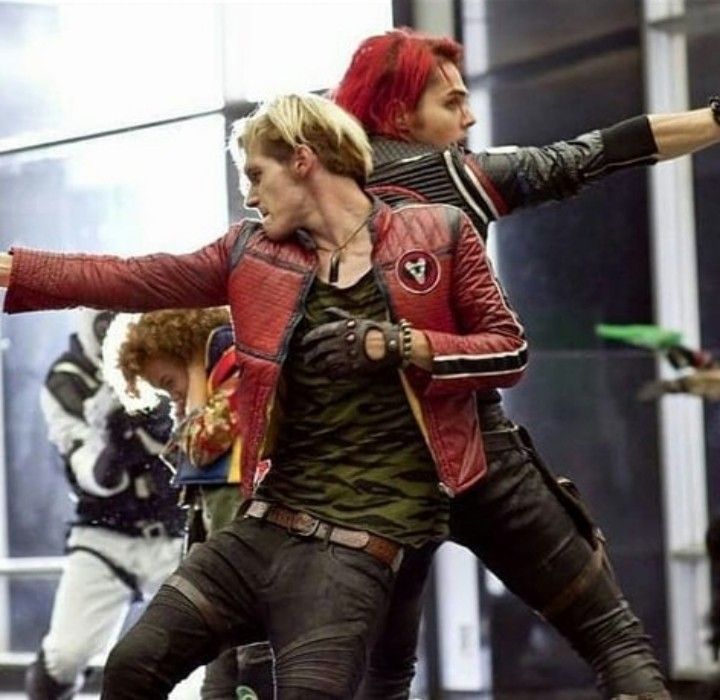C8 - Rates and equilibrium
Cards (26)
- Rate of reaction
- Measuring volume of gas
- Unit for rate
- Rate from graphs
- Collision theory
- Activation energy
- Ways to increase the rate of reaction
- Factors affecting rate of reaction
- Increasing temperature
- Increacing concentration of solutions
- Increase gas pressure
- Increasing surface area of solids
- Catalysts
- Catalysts
- Reversible reactions
- Equilibrium
- Dynamic equilibrium
- Dynamic equilibrium
- Reaction conditions
- Changing reaction conditions
- Le Chatalier's principle
